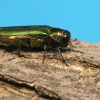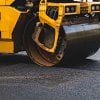As wildfires worsen across the province, cikilaxwm (prescribed fire) is gaining more traction as a way to mitigate blazes before they begin, say experts at Westbank First Nation’s (WFN) forest and resource management company.
For the past 10 years, Ntityix Resources has treated more than 300 hectares of land in syilx Okanagan homelands through cultural burns and other wildfire mitigation projects.
Last year, the band-owned company conducted their first cultural burn outside of kiʔlawnaʔ (Kelowna), treating grasslands and open forestry that had not seen fire in decades.
“Capacity is being built,” said Dave Gill, the general manager of Ntityix Resources.
“(Cultural burns) are happening five or six times more than they were just a few years ago. There is more of this work being done all the time [throughout the province], and I can’t see that going anywhere but up.”
According to BC Wildfire Service, there were a total of 58 cultural burn projects — also referred to as prescribed or controlled burns — throughout the province in 2022 and 2023, with more than 3,800 hectares treated. Of those 58 projects, 38 of them were developed or co-developed with Indigenous communities.
This year, there are 61 burn projects in the works, according to the province.
In the case of the syilx Okanagan Nation, of which WFN is a member community, cikilaxwm was a regular practice conducted by sqilxw (people of the land) for thousands of years.
These low-intensity, controlled burns were done to mitigate the threat of wildfires and maintain forest health for all beings.
But with colonialism came the removal of fire from the ecosystem. Treating and maintaining forest health took a back seat to extracting and logging, and settlers favoured reactive wildfire strategies that have resulted in the accumulation of debris in forests, leading to more devastating wildfires experienced in the present day.
In the Okanagan, Ntityix Resources’s work was crucial in limiting the spread of the Mount Law wildfire in 2021 — according to the company, controlled burning and other mitigation work conducted five years prior had prevented the fire from spreading into the upper Glenrosa community.
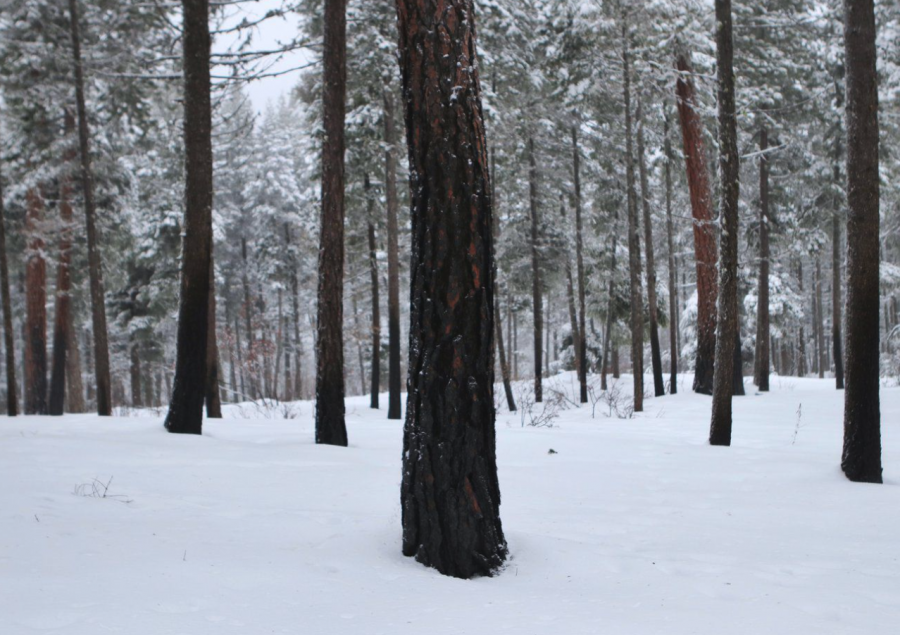
Similar work on the ground also allowed ground crews to battle last year’s McDougall Creek wildfire, which impacted 8,000 hectares of WFN’s community forest, according to Ntityix Resources.
“Fire is medicine. But just like any other medicine, you misuse it; it can consume you, it can destroy you,” said Jordan Coble, a WFN councillor and the president of Ntityix Resources.
“You want to make sure that you’re treating it with the utmost respect.”
‘The will is there to reimplement’
While there is still more education required in promoting the value of cultural burns, Coble noted that the perception around the practice is beginning to shift and that there’s more support from the public, local leaders and agencies such as the BC Wildfire Service.
“The general feedback I’ve been getting from non-Indigenous folks and non-Indigenous leaders is that, ‘Why didn’t we allow you to do the work you should’ve been doing way back in the day?’” he said.
“The spirit and the will is there to reimplement.”
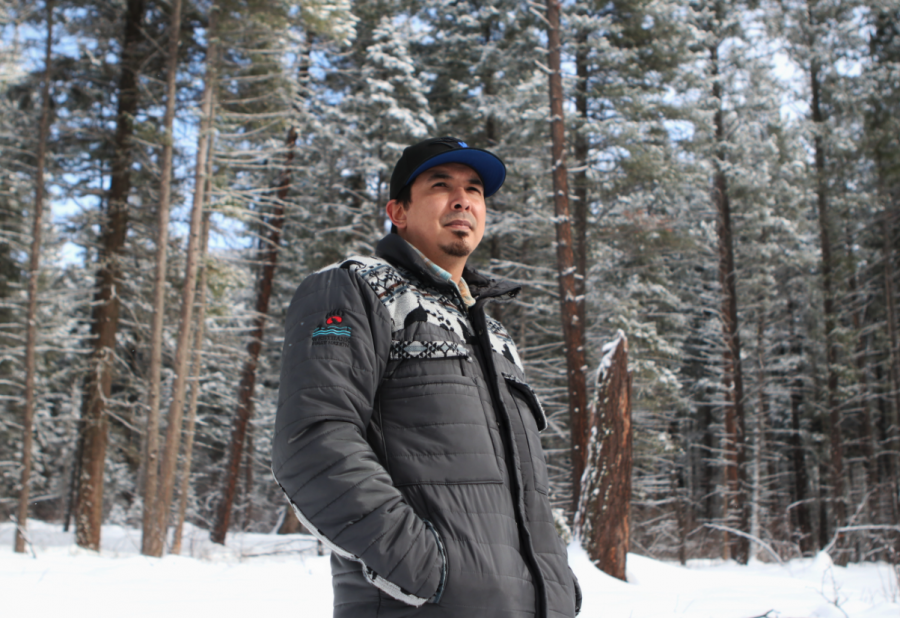
Informed by cikilaxwm, prescribed burns and mitigation work carried out by Ntityix are designed to maintain forest health by removing fuels, keeping fire on the ground and preventing it from spreading.
“We’re trying to show that the responsibilities that we’ve had for thousands of years that we were denied can be reimplemented when done properly,” said Coble.
“You give us more authority, more jurisdiction, more space to do this work — we’ll do it better than anyone.”
It’s the intent behind a prescribed burn — how that medicine will be utilized — that Coble said differentiates it from a regular burn.
“If you’re burning a forest for the promotion of forest health, that animal health, that interconnection of it all and making sure that the things that the elk depend upon are going to be there … to me, that makes it a cultural burn,” he said.
But there’s also a sense of urgency in implementing these practices at a higher rate. More resources are required as experts race against the effects that climate change is having on wildfires.
“There’s urgency in everything. The one thing us as Okanagan people — as Indigenous people across Turtle Island — don’t have is the luxury of time,” said Coble.
A big issue that Gill said they are facing with wildfires is the continuity of fuel at the landscape level. The company has identified fuel continuity corridors beyond the community interface level that they’ll be treating over “many, many years.”
“If we can break that up a little bit on a landscape level, we have a better chance of containing those wildfires so that they don’t get too large. The problem is, is that’s going to take us a lot to do that — my concern is that fire will beat us to it,” said Gill.
“But if we can manage to establish these landscape level fuel treatment areas, then we have a fighting chance that when a fire does start, we can contain it a little bit better.”
Part of that work includes gradually expanding out from high priority areas and creating bigger buffer zones between the community and treated areas, where they’ll rely on maintenance work in treated areas in the longer term.
“The McDougall Creek wildfire is that perfect example where if you’re not doing it at the landscape level in the mountains, that’s going to pick up so much intensity,” said Coble. “And that’s exactly what happened with McDougall Creek, because that hadn’t been done for generations and generations.”
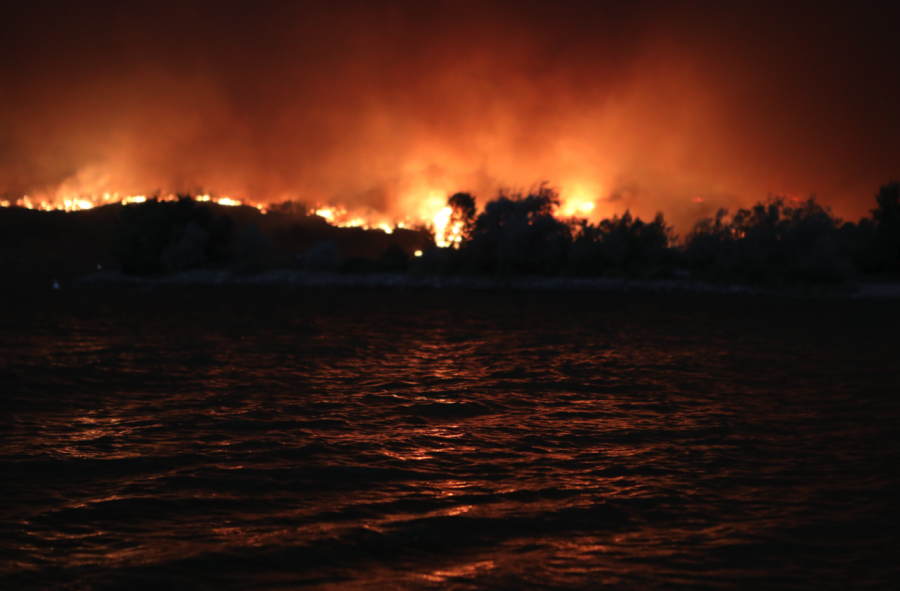
‘Our future generations are going to be a lot healthier’
Combined with the development of syilx Forestry Standards and Ntityix’s seven generations approach, Coble said the vision is to return forests to the state that they were in before colonization.
“The long-term approach is taking care of the forest so that the forest can take care of us once again,” said Coble. “Our forests are sick and they’re unhealthy. They’ve been overforested.”
“The forest is going to be healthier for when those six or seven generations show up. They still have elk to hunt, they still have trees to harvest that they so choose.”
He said that Western governments’ standards of forestry management, fire and maintenance treatment “have let us all down,” but said that there is still hope through the work of reimplementing cultural burns and honouring traditional ecological knowledge.
“If we do it this way, not only will we be better today, but our future generations are going to be much healthier,” he said.
“And not just being able to utilize the medicines from the land, but utilize the medicines from one another, because there will be that shared experience, that shared understanding, that shared support as we go down this road.”














